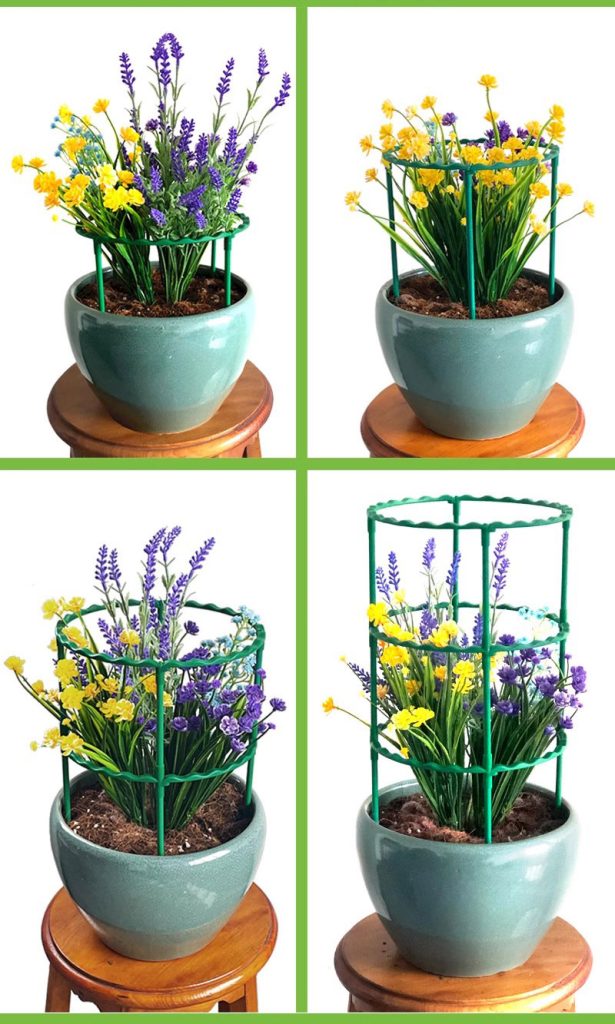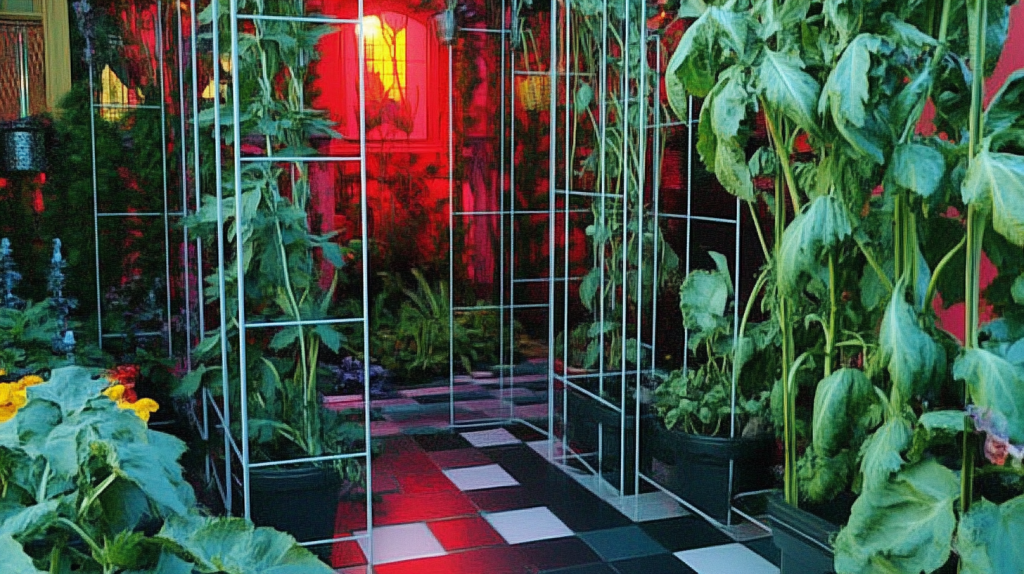Indoor gardening is rewarding; besides beautifying your space, it’s a step toward healthy living. Plants purify the air, uplift your mood, and bring a touch of nature’s serenity into your home. Indoor plants also come with their own set of challenges: from limited light to restricted space, keeping indoor plants healthy requires dedication and proper care. The physical support of indoor plants sometimes plays a very crucial role in their growth and health.
Below goes a detailed analysis that looks at the reasons for plant support in building an indoor garden. Discussed will be an understanding of some of the challenges of indoor plants, discussion of a number of support methods, tools used, and actionable advice, ensuring plants will grow strong and healthy.
Indoor Gardening- Fun and Challenges Involved
Indoor plants breathe life into the indoors, transforming dingy corners into vibrant hubs of greenery. They freshen up the air indoors by absorbing toxins and releasing oxygen, hence improving indoor air quality. Other than the physical benefits, the care of plants can be a therapeutic hobby that reduces stress and increases creativity.
The Challenges of Indoor Gardening
Indoor gardening can be rewarding, yet it comes with its challenges. Inconsistent lighting, limited airflow, and root space may all combine to limit plant growth. Some plants have trouble maintaining shape or becoming unstable, especially as they grow taller or when their foliage becomes heavy. That is where the concept of support for plants comes in.
Importance of Supporting Indoor Plants
Most indoor plants are deprived of the natural elements, such as wind and vegetation around them for support and stability. Indoor plants most often develop the following: lodging, where plants buckle or fall under their own weight; one-sided growth, which is very unsightly and will affect the health of the plant; and risk of breakage, where weak-stemmed plants or those with heavy flowers will easily be broken. Physical support helps the indoor plants maintain their shape, grow upwards, and thrive well under the limited indoor conditions.
Common Plant Support Methods and Tools
The support of indoor plants incorporates several tools and techniques that offer the plants stability for healthy growth. Some of the common methods include:
1. Plant Stakes
These are thin rods made from materials like bamboo, wood, and even metal; these give plants support on the vertical plan and may be used for almost any type of long-stemmed plant: monstera, philodendron, and peace lilies. Then place the stake into the soil, and tie softly the plant’s stem by soft ties or garden tapes.

2. Trellises
Trellises are great to be used with vining plants, like pothos, ivy, or hoya. By using trellises, it gives way to the plant to grow in a most natural display by growing upward without wasting so much space.
3. Moss Poles
Moss poles are a naturalistic support for climbing plants. Resembling tree trunks, it urges them to anchor their aerial roots, stimulating healthy, upright growth through this effect over time.
4. Tomato Cages
The rule, of course, being that tomato cages can be used for outdoor gardening, and sometimes even help indoor bush plants such as dwarf citrus trees or large succulents.
5. Wire Frames
Wire frames offer possibilities for customization and molding according to particular growth patterns your plant may have. In most instances when a plant gets top-heavy or has sprawling growth habits, wire frames come pretty handy.
How to Use Support Tools
Providing the right plant support takes some forethought and knowledge of your plant’s needs. Here are some tips for using support tools effectively:
1. Match Support to Growth Habit
- Tall plants with weak stems take stakes or poles.
- Climbing species will want trellises or moss poles.
Plants with an unusual or sprawling growth pattern will do best with wire frames.
2. Install Support Early
Provide support when the plant is still young to avoid damaging already established roots or stems of the plant. This will equally make the plant get accustomed to the support in a natural way.
3. Tie Gently
Tightly tying the plants can cause damage to the stem. Utilize soft materials like strips of cloth or garden ties to support the plant with no harm.
4. Adjust as the Plant Grows
Observe your plant’s growth and adjust the support system accordingly. For instance, repositioning ties on new growth or changing over to a larger trellis as the plant matures.
5. Maintenance of the Support Tools
Clean and check on your support tools often for the prevention of any pest or disease spread.
Other Indoor Gardening Tips for Healthy Plants
While physical support is important, the overall health of the plant depends on establishing a balanced indoor environment. Here are other indoor gardening tips that can be added to your routine plant care:
1. Light Management
Light is essential in photosynthesis, but plants indoors hardly get sufficient sunlight. To optimize light, do the following:
- Place plants near windows with good indirect sunlight.
- Use grow lights for those plants that require more light.
- Rotate plants from time to time for even growth.
2. Humidity
Like most of the houseplants, the tropical plants require a high degree of humidity.
- To raise the humidity:
- Group the plants together
- Using a humidifier or
- Set a pan of water near the plant.
The plants should be lightly sprayed with water without causing fungal problems in overwatering.
3. Pruning
This frequent pruning will keep the plants in good health and have a newer growth. Remove the yellow and dead leaves and shape leggy stems to maintain the freshness and neatness of the plant.
4. Soil and Watering
Use proper soil mix so that there is no restriction on the drainage of the water and the plants do not experience nutritional deficiency. Plants indoors are usually over-watered, so check out the moisture of the soil before watering.
5. Pest Control
The common indoor plant pests include spider mites, aphids, and fungus gnats. Keep on making periodic inspections around plants whenever necessary, applying organic remedies like neem oil.
Wrapping Up
That is to say, creating a healthy growth environment for your indoor plants will require an adequate care-plan and proper plant support. The accessories that guide the growth of the plants include stakes, trellises, or moss poles that will prevent the usual problems such as lodging or unbalanced development of the plants. This would include, besides physical support, optimal light conditions, humidity, and types of soil. Regular pruning and protection against pests will further promote the health of your indoor plants. You could enjoy a lush, vibrant indoor garden adding beauty to both your home and well-being with thoughtful care and suitable support methods.
